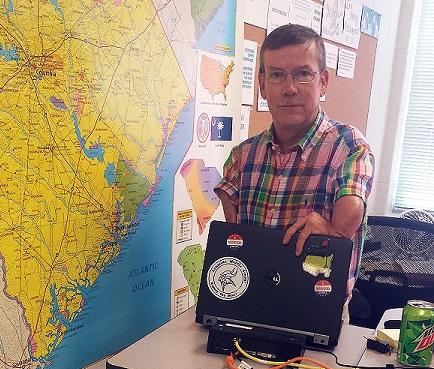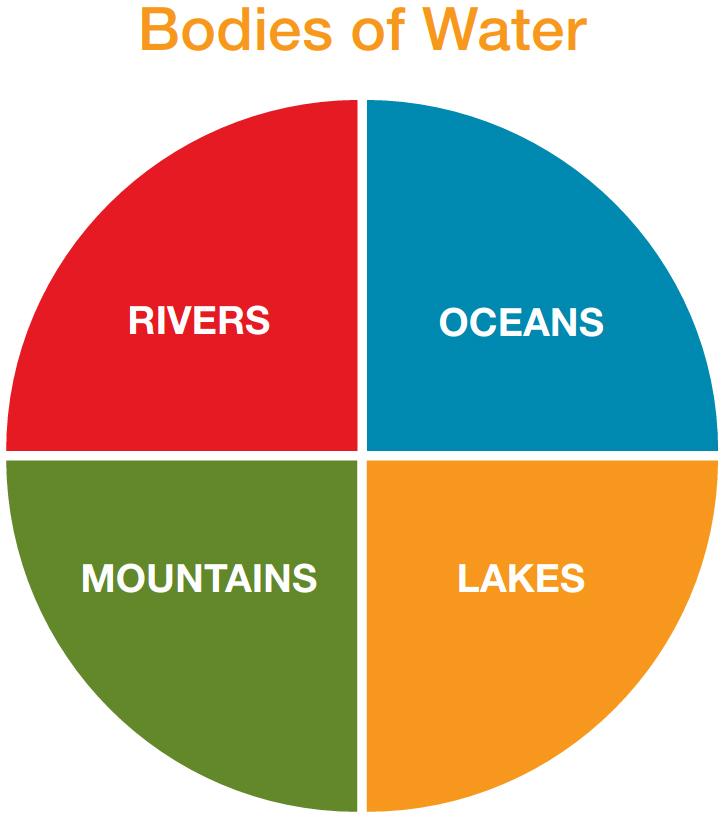Seven Literacy-Based Assignments for Social Studies Classrooms
Last year, while teaching at Lakeside Middle School in Anderson County, South Carolina, my colleague Keri Compton and I came up with seven strategies specifically for social studies teachers. These mini-tasks, based on our Literacy Design Collaborative (LDC) training, use hands-on activities to build confidence and help students reflect on their learning while they’re improving their reading and writing skills. Here they are:
People, Objects, Settings, Engagement and Relationships
P.O.S.E.R. requires students to analyze a visual primary source, such as a photograph. Active reading of a complex text requires students to infer meaning, encouraging them to think for themselves rather than simply record what a teacher tells them.
I Can See Clearly Now
When students are given a dozen or so key ideas of a topic and then draw them on one page, they’re more apt to remember those ideas. This technique goes deeper than surface knowledge. The power of the activity is the transfer of knowledge when they share their drawings with a partner or class.
Concept Circles
This strategy features four key terms, each placed in one quadrant of a circle. Students move in either direction around the circle to explain the concept in a sentence. Take bodies of water, for example: the sentence might be “Lakes are reservoirs found in mountains that are drained by rivers into different oceans.” The activity challenges students to think and process relationships among key terms.
A Matter of Perspective
Encouraging students to consider a historical event from multiple perspectives exposes them to uncharted territory, and sometimes even taboo thinking, while avoiding the pitfalls of bias. Students studying the Boston Tea Party, for example, write a letter to a peer in Great Britain whose father owns the tea that was thrown into the harbor. Again, students are pushed to move beyond surface learning.
Event Maps
You might call these “graphic organizers on steroids.” Students illustrate an historical event, e.g., World War II, using no words, only information about key points such as the flags of Japan and the United States. By spending extra time focusing on visual and spatial details, students retain more information in the long term.
Political Cartoon Analysis
Students evaluate a political cartoon by considering questions organized into a scaffold, for example: Who does it represent? What time period is it from? What is the intended message? Students surprised me with their ability to examine the symbolism of objects and individuals in the cartoon, using higher-order thinking to build deeper understanding.
Found a Poem
This strategy asks students to select words, phrases or quotations from a text (the U.S. Constitution, for example) and rearrange them as a “found poem” or word cloud organized around a theme. This structured method helps students review and synthesize their learning.



